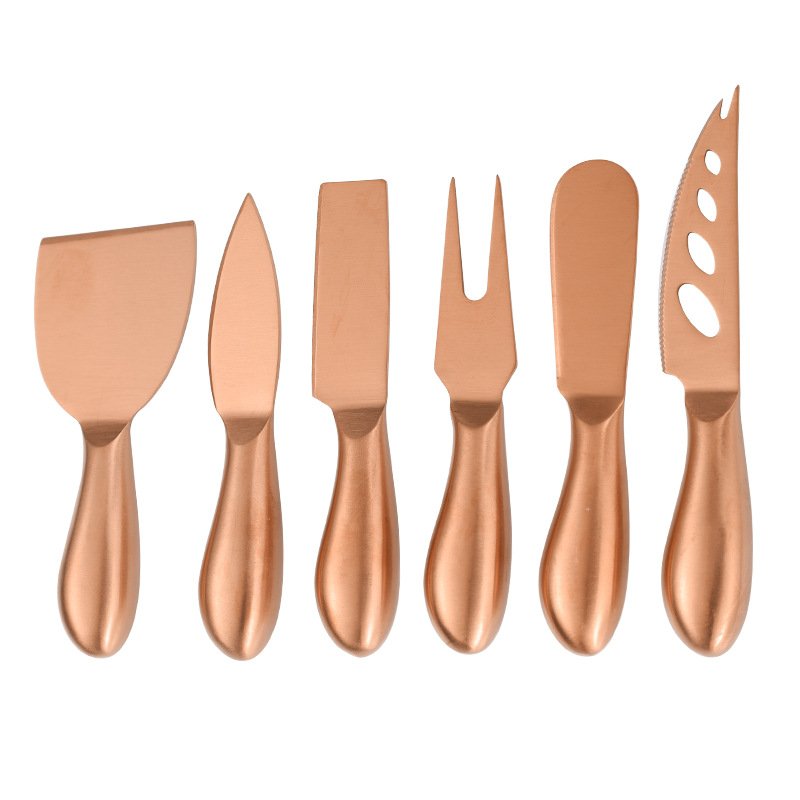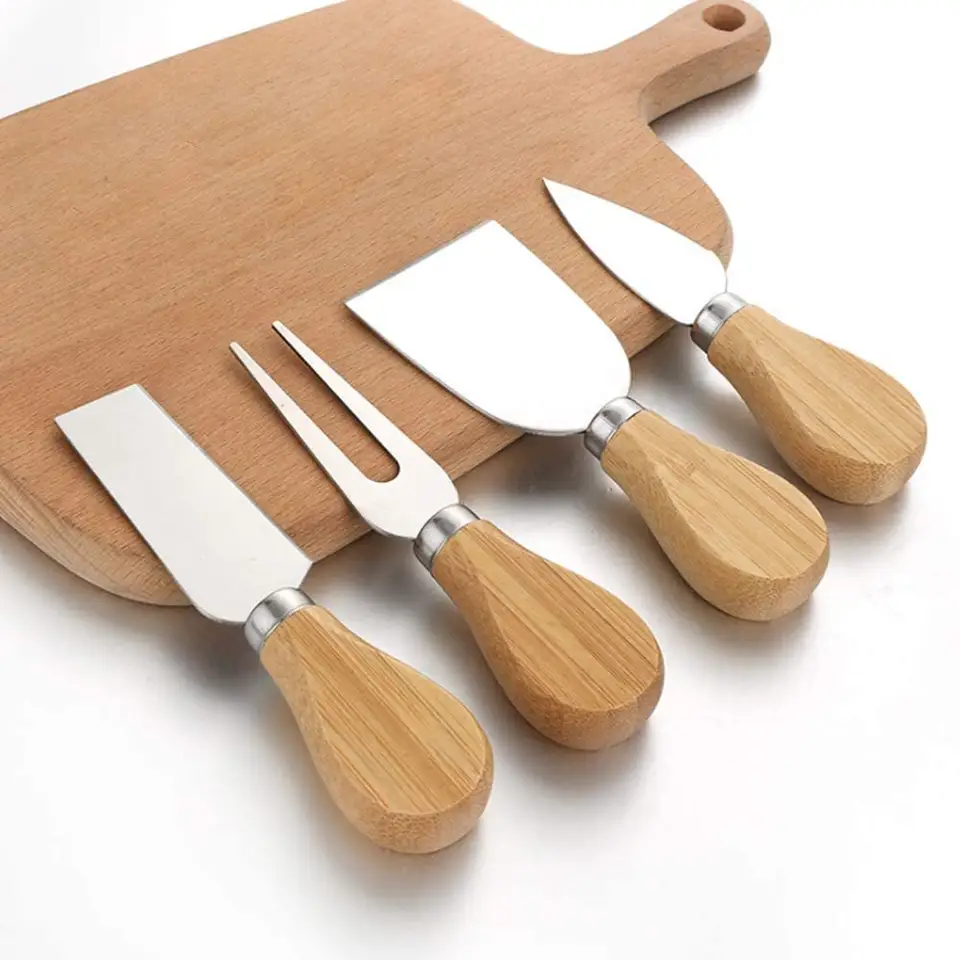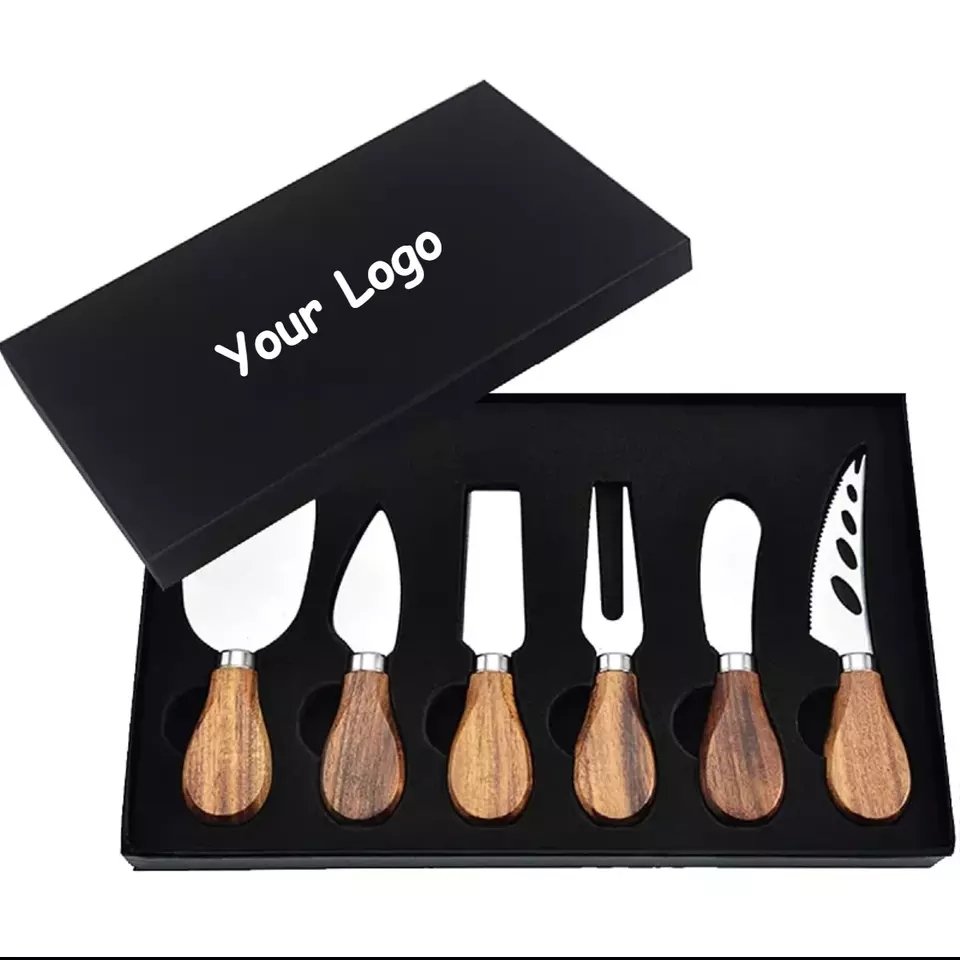That tarnished old cake server in your drawer might be hiding a secret. Many people unknowingly own valuable antique silver pieces. Let me show you how to uncover its true worth.
Sterling silver serving pieces can be quite valuable, especially vintage or antique ones with hallmarks. Authentic sterling is 92.5% pure silver and marked “925” or “sterling.” Well-preserved antique pieces by reputable makers often command premium prices from collectors.
Before you dismiss that tarnished server as worthless junk, take a closer look. The difference between trash and treasure often lies in knowing what to look for. Let’s examine the key factors that determine value.
Table of Contents
Are sterling silver serving pieces worth anything?
Grandma’s old silver might actually be your lucky day. High-quality sterling pieces maintain value far better than most people realize.
Yes, sterling silver serving pieces hold significant value, with antique examples selling for $50-$500+ depending on age, maker, and condition. The silver content alone gives them intrinsic worth, while rarity and craftsmanship drive collector prices higher.
Several factors determine a sterling server’s value:
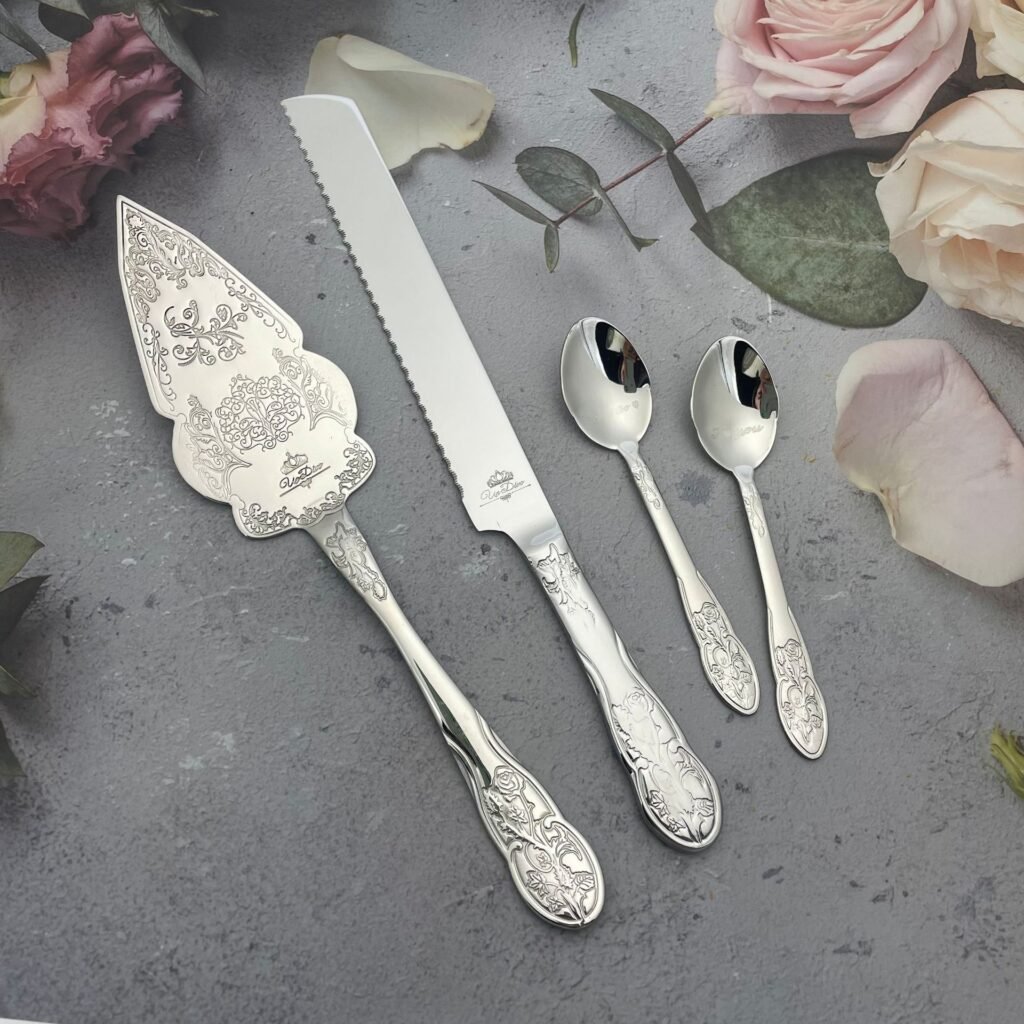
Weight Matters
– Heavy pieces contain more silver (measured in troy ounces)
– Current silver price forms the baseline value
– Well-made antique pieces often weigh substantially more than modern equivalents
Maker's Marks Add Value
Pieces from famous silversmiths command premium prices:
| Maker | Typical Premium |
|---|---|
| Tiffany & Co. | 200-400% |
| Georg Jensen | 150-300% |
| Reed & Barton | 50-100% |
| Unmarked | Base silver value |
Condition Is Critical
– Minimal scratches/dents maintain value
– Original patina often preferred over polished
– Complete sets worth more than individual pieces
Age and Style Matter
– Victorian era (1837-1901) most collectible
– Art Nouveau/Art Deco periods highly sought
– Unique designs outperform generic patterns
Reputable auction houses like Sotheby’s regularly achieve strong prices for exceptional antique silver servers. Even common pieces typically fetch 2-3 times melt value.
How can you tell if a serving tray is sterling silver?
That shiny tray might be worth $20 or $2000. Learning to spot real sterling protects you from both overpaying and underselling.
Genuine sterling silver bears specific hallmarks: “925,” “sterling,” or maker’s marks. Use a magnet (sterling isn’t magnetic) and look for tarnish patterns. Acid testing or professional appraisal confirms authenticity when marks are unclear.
Identifying real sterling requires careful examination:
Hallmark Locations
Check these common marking spots:
– Underside of tray
– Along rims or edges
– Backside of handles
– Often tiny and requires magnification
Common Sterling Indicators
| Feature | Sterling Silver | Silver Plate |
|---|---|---|
| Tarnish Pattern | Even oxidation | Wears unevenly |
| Magnet Test | Non-magnetic | May stick |
| Weight | Substantial | Lightweight |
| Wear Patterns | Shows copper | Shows base metal |
| Sound | Bright ring | Dull thud |
Testing Methods
Magnet Test – Sterling silver is non-magnetic because it contains no iron or steel. If a magnet sticks, it’s not real sterling.
Ice Test – Silver has excellent thermal conductivity. Place an ice cube on it, and it will melt faster than on other metals.
Rub Test – Gently polish a small spot. Silver plate may reveal base metal underneath as the thin silver layer wears off.
Nitric Acid Test – A professional method that can confirm silver purity. Caution: it involves chemicals and should be done carefully.
Antique pieces may have different markings depending on origin:
– British: Lion passant
– French: Minerve head
– German: Moon and crown
– American: Maker’s mark + “sterling”
When in doubt, consult a professional appraiser. Many free online resources help decode obscure hallmarks too.
How can you tell if sterling silver is antique?
Age transforms silver from mere tableware to historical artifact. Discover how to date your pieces accurately and uncover their fascinating past.
Antique sterling (100+ years old) shows specific craftsmanship clues: handmade details, older hallmarks, and wear patterns. Victorian pieces often have intricate scrollwork while later periods show machine-made uniformity. Professional dating examines maker’s marks, patents, and style evolution.
Pinning down a piece’s age requires understanding silver’s historical timeline:
Key Dating Methods
Hallmark Systems
– British date letters changed annually
– American marks evolved with trademark laws
– Continental European systems vary by nation
Construction Techniques
– Hand-raised vs. machine-stamped
– Soldering methods
– Weight distribution
Style Indicators
– Rococo revival (1840s)
– Aesthetic movement (1870s)
– Arts & Crafts (1890s)
– Art Deco (1920s)
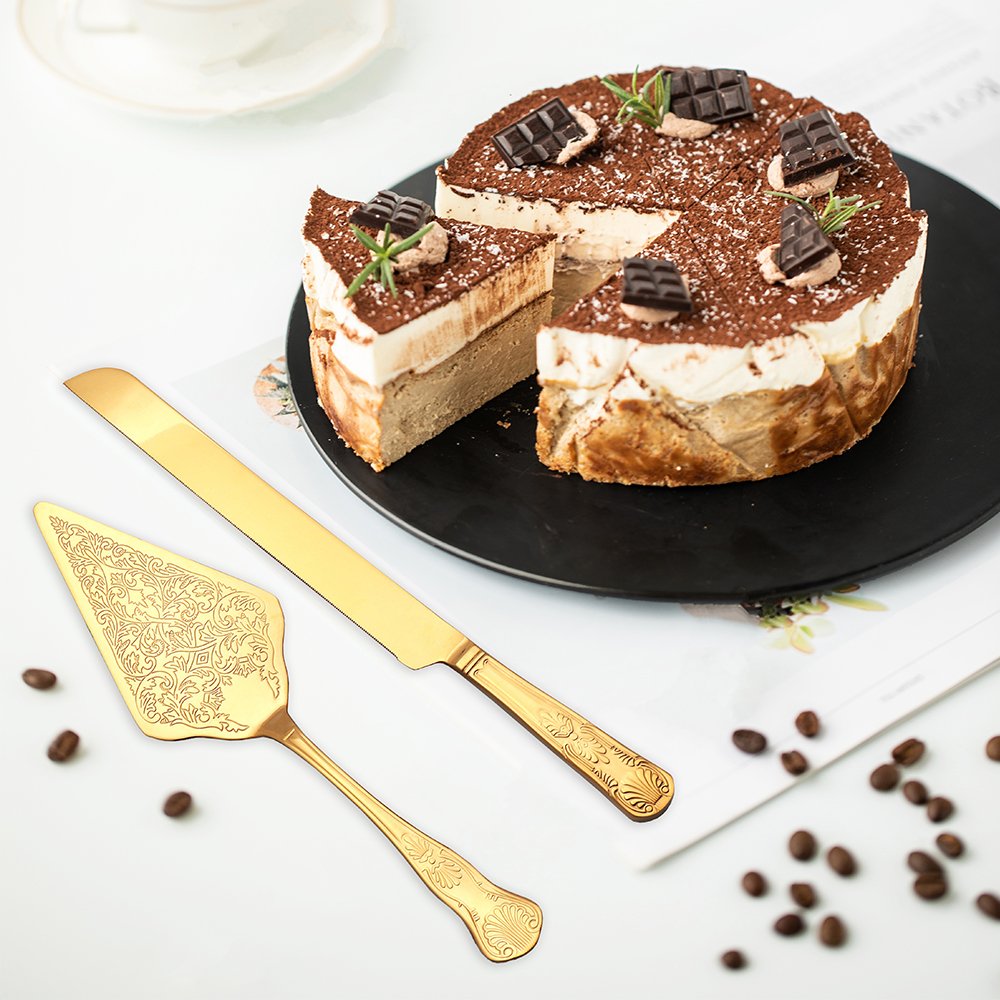
Comparative Age Timeline
| Period | Years | Characteristics |
|---|---|---|
| Georgian | 1714-1837 | Simple forms, bright-cut engraving |
| Victorian | 1837-1901 | Ornate, floral motifs, heavy gauge |
| Edwardian | 1901-1910 | Lighter, elegant lines |
| Art Nouveau | 1890-1910 | Flowing, organic forms |
| Art Deco | 1920-1939 | Geometric, streamlined |
Antique dealers often use reference books like Bradbury’s Book of Hallmarks or online databases to verify ages. Remember, repairs or alterations can complicate dating – sometimes professional metallurgical analysis becomes necessary for very old pieces.
Interestingly, many early 20th century pieces mimic earlier styles, so examining production techniques becomes crucial. For example, die-stamped ornamentation (post-1840s) differs noticeably from hand-chased details.
How do you clean a silver plated cake server?
Harsh cleaning can destroy a plated server’s value forever. Discover museum-approved methods that restore shine without damaging delicate silver layers.
Clean silver plate gently with mild soap and warm water, avoiding abrasives. For tarnish, use specially formulated silver polish sparingly. Never use harsh chemicals or scrubbers that remove the thin silver layer. Regular gentle care prevents heavy tarnish buildup.
Proper plate maintenance requires understanding its layered structure:
Anatomy of Silver Plate
– Base metal (usually nickel silver or copper)
– Bonding layer
– Thin silver coating (often just microns thick)
Recommended Cleaning Approach
1. Basic Care: Everyday Habits
Wash immediately after use to prevent food acids from causing stains.
Hand dry thoroughly with a soft cloth — air-drying can leave water spots.
Store in tarnish-resistant cloth to keep oxygen exposure low and tarnish at bay.
2. Tarnish Removal: Bring Back the Shine
Use a specialized silver polish designed for sterling or plated silver.
Apply with a soft cloth, never abrasive pads.
Polish in straight lines (avoid circles) to maintain the silver’s original grain.
Rinse completely with warm water and dry well after polishing.
3. Storage Tips: Long-Term Protection
Place anti-tarnish strips in drawers or storage boxes to neutralize tarnishing gases.
Avoid rubber bands and rubber-based materials — they cause silver corrosion.
Separate pieces using cloth pouches or slots to prevent scratching during storage.
Products to Avoid
– Baking soda paste (too abrasive)
– Lemon juice (too acidic)
– Steel wool or harsh scrubbers
– Dishwashers (chemicals damage plating)
For heavily tarnished pieces, professional replating may become necessary when the silver layer wears through to the base metal. Regular gentle cleaning actually preserves the plating longer than letting tarnish build up.Note that some collectors prefer leaving antique pieces with their original patina. Always consider a piece’s age and value before aggressive cleaning.
Are silver-plated items worth anything?
Before you toss those plated servers, understand their true market position. While not sterling, quality plate holds surprising residual value.
Silver-plated items typically sell for 5-20% of comparable sterling pieces. Value depends on maker, age, condition, and design. Exceptional antique plated pieces from famous makers (like Elkington) can command hundreds of dollars from collectors.
The plated silver market operates differently than sterling:
Value Factors
| Factor | High Value | Low Value |
|---|---|---|
| Maker | Famous names | Generic |
| Age | Pre-1900 | Modern |
| Condition | Pristine plating | Worn through |
| Design | Artistically unique | Mass-produced |
| Completeness | Full sets | Singles |
Notable Valuable Plate
Victorian Electroplate
Early electroplated silver from the Victorian era is increasingly scarce and desirable, especially in excellent condition.Art Deco Servers
Pieces from the 1920s-30s with bold, geometric designs are highly collectible — particularly serving pieces like cake servers and ladles.Named Patterns
Famous patterns such as Francis I by Reed & Barton often carry a premium, thanks to their artistic detail and brand recognition.Exhibition Pieces
Silver items made for World’s Fairs or other major exhibitions often feature special markings and unique designs, making them sought-after commemoratives.
While plate lacks intrinsic silver value, good condition examples from desirable periods still attract buyers:– Vintage lovers seeking affordable alternatives– Film/theater prop departments– Restaurant decorators– DIY jewelry makers.
Interestingly, some 19th century plated pieces now outvalue lower-quality sterling due to their artistic merit and historical significance. Always research before assuming plate is worthless.
How do you clean badly tarnished silver-plated?
That blackened server might seem hopeless, but even severe tarnish can often be reversed – if you know the right techniques.
For heavy tarnish on silver plate: soak in warm water with mild detergent, then use specialized silver polish cautiously. Electrolytic cleaning works for stubborn cases but risks damaging weakened plating. Professional restoration may be needed for antique pieces with fragile surfaces.
Severe tarnish requires careful step-by-step treatment:
Assessment First
1. Check for plating wear
2. Identify any repairs needed
3. Photograph before cleaning (for valuation)
Gradual Cleaning Process
1. Initial Soak: Gentle Prep Work
Mix 1 liter of warm water with a few drops of mild dish soap.
Soak your silver pieces for about 1 hour to loosen grime and light tarnish.
Use a soft toothbrush to gently clean crevices and detailed patterns.
Tip: Avoid scrubbing too hard to protect fine finishes.
2. Polishing Stage: Bring Back the Shine
Use a quality silver polish like Goddard’s or Hagerty.
Apply polish sparingly using soft cotton balls or cloth.
Work in small sections for better control and even coverage.
Rinse immediately after polishing to prevent residue buildup.
3. Final Protection: Lock in the Clean
Gently buff each piece with a microfiber cloth for that final sparkle.
Apply an anti-tarnish treatment if desired to extend shine life.
Store your silver properly — wrapped in tarnish-resistant cloth and separated to prevent scratches.
Advanced Techniques
| Method | Description |
|---|---|
| Electrolytic Method | Uses aluminum foil and baking soda with hot water to lift tarnish. |
| Ultrasonic Cleaning | Uses high-frequency sound waves in a cleaning solution (for professionals only). |
| Chemical Dips | A quick chemical solution to remove tarnish; best used as a last resort. |
For antique pieces showing:
– Cracks in plating
– Lifted edges
– Copper bleeding through
Professional intervention becomes essential. Aggressive cleaning of compromised plate often does more harm than good. Surprisingly, sometimes leaving heavy patina actually preserves value better than overcleaning fragile antique plating.
Sterling silver and quality plate servers hold value differently. Learning to identify, date, and properly care for them preserves both monetary worth and historical significance for generations. Always research before cleaning or selling.


